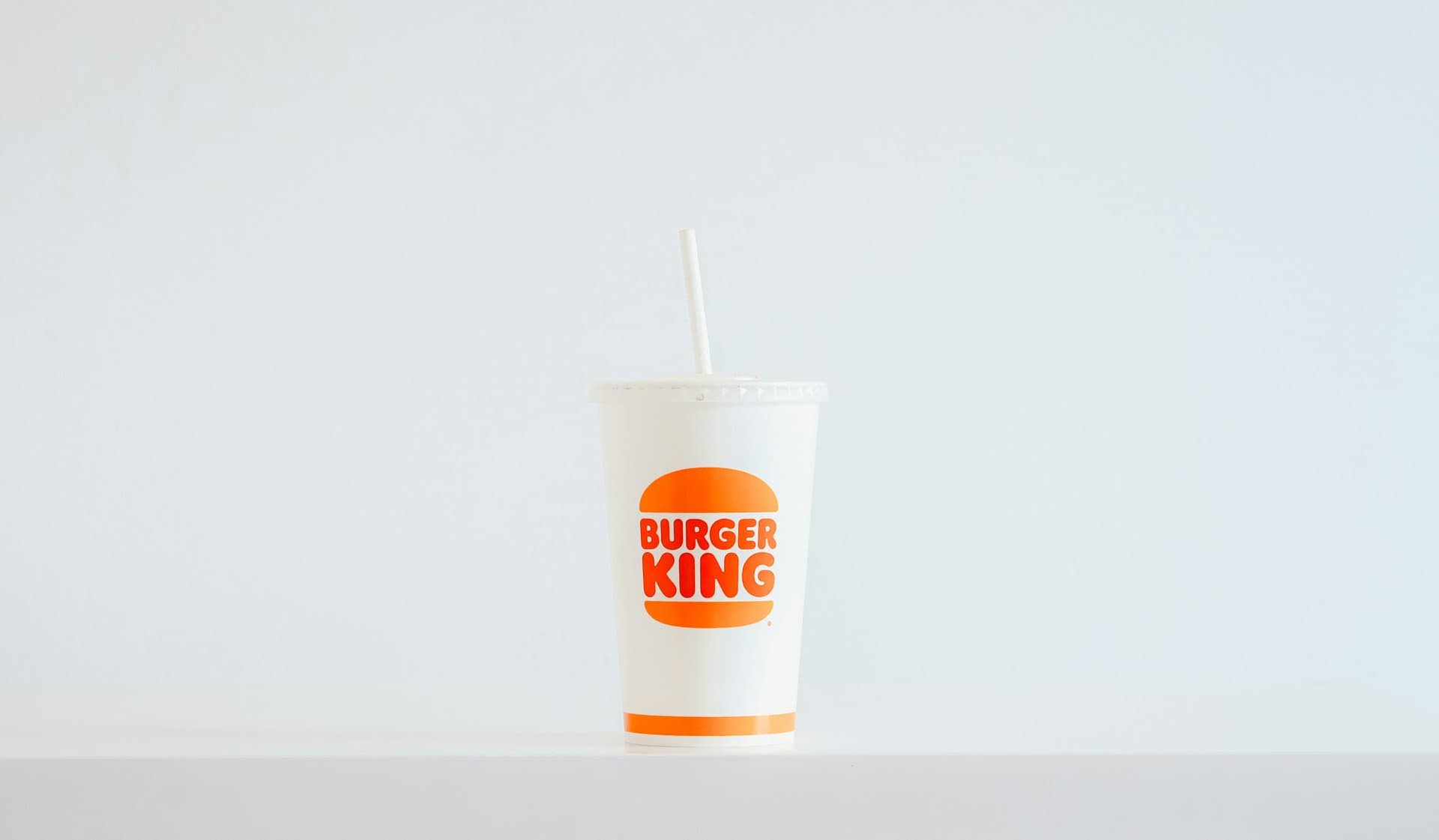Restaurant Brands’ Q2 2025 Sales Beat Estimates Amid Fast-Food Demand Surge
Discover how Restaurant Brands International’s strategic marketing and value offerings fueled a fast-food demand rebound, driving revenue growth and reshaping the quick-service restaurant landscape in 2025.

Key Takeaways
- Restaurant Brands beat Q2 revenue estimates with $2.41 billion in sales
- Marketing boosts at Burger King and Tim Hortons lifted demand
- Value-meal deals starting at $5 attracted budget-conscious consumers
- Rising costs and advertising expenses pressured profit margins
- International same-store sales grew 4.2%, outpacing prior year
- RBI’s ROE remains strong at nearly 29%, signaling efficient capital use

In a world where fast-food giants battle for every bite, Restaurant Brands International (RBI) has flipped the script in Q2 2025. Defying cautious consumer spending amid tariff worries, RBI’s savvy marketing and value-driven menus propelled its revenue beyond Wall Street’s forecasts. From Burger King’s clever tie-ins with blockbuster movies and Ryan Reynolds to Tim Hortons’ rebound after a sluggish May, the company’s diversified portfolio is proving its mettle. But it’s not all smooth sailing—higher advertising and supply chain costs trimmed profits, reminding us that growth often comes with a price tag. This article unpacks RBI’s quarterly performance, the fast-food demand surge, and what it means for investors and the QSR sector’s future.
Driving Fast-Food Demand
Imagine walking into a Burger King and spotting a value meal deal starting at just $5—suddenly, that quick bite feels like a smart choice, not just a guilty pleasure. Restaurant Brands International (RBI) tapped into this consumer mindset in Q2 2025, ramping up marketing efforts that resonated across the U.S. and Canada. From blockbuster movie tie-ins like 'How to Train Your Dragon' to celebrity partnerships with Ryan Reynolds, RBI’s brands created buzz that translated into foot traffic and sales. This isn’t just luck; it’s a strategic play to meet consumers where they are—seeking convenience, affordability, and a dash of fun.
The results speak volumes. Burger King’s U.S. same-store sales rose 1.5%, a notable jump from the 0.1% increase a year ago. Tim Hortons, after a slow May, bounced back thanks to these marketing pushes. Even internationally, where RBI’s portfolio includes Popeyes and Firehouse Subs, comparable sales climbed 4.2%, outpacing last year’s 2.6%. This surge reflects a broader trend: fast food’s quick-service format is winning hearts amid economic uncertainty, proving that when value meets creativity, demand follows.
Balancing Revenue and Profit
Here’s the twist in RBI’s Q2 tale: while revenue soared past estimates at $2.41 billion, profits didn’t quite keep pace. Adjusted earnings per share clocked in at 94 cents, shy of the 97-cent analyst forecast. What’s behind this gap? Increased advertising expenses and rising costs for key ingredients like beef and coffee played starring roles. It’s a reminder that growth often demands investment—and sometimes, a hit to the bottom line.
This balancing act is familiar in the fast-food world. As RBI poured resources into marketing and promotions, operating costs jumped about 36% compared to a 16% rise a year ago. Supply chain pressures, especially for commodities, added fuel to the fire. Yet, despite these headwinds, RBI’s net income from continuing operations reached $264 million, underscoring the company’s ability to generate solid returns. The story here isn’t just about dollars and cents; it’s about navigating the tightrope between attracting customers and managing costs in a competitive market.
Leveraging Brand Diversity
Restaurant Brands International isn’t a one-trick pony. Its strength lies in a diversified portfolio that spans Burger King, Tim Hortons, Popeyes, and Firehouse Subs—each catering to different tastes and geographies. This spread acts like a financial safety net, cushioning the company when one brand faces headwinds.
Consider Tim Hortons’ dip in May, which was quickly offset by marketing-driven sales growth later in the quarter. Meanwhile, Burger King’s U.S. outlets led the charge with a 1.5% same-store sales increase. Internationally, the combined efforts of Burger King and Popeyes lifted comparable sales by 4.2%. This multi-brand approach allows RBI to capture shifting consumer preferences and regional trends, turning potential weaknesses into opportunities. It’s a savvy strategy that challenges the myth that focusing on a single brand is always best—sometimes, variety truly is the spice of financial success.
Navigating Economic Headwinds
Fast food’s appeal often shines brightest during economic uncertainty, yet RBI’s Q2 results reveal the complexity beneath the surface. Consumer spending in the U.S. showed signs of strain, partly due to tariff-related concerns impacting prices. To counter this, RBI introduced value-meal deals starting at $5, a clever tactic to keep wallets open and customers coming.
But the story isn’t just about discounts. Rising supply chain costs, especially for beef and coffee, squeezed margins. Advertising budgets swelled as RBI fought for consumer attention in a crowded market. The result? Operating expenses surged 36%, more than double last year’s increase. This dynamic underscores a financial myth worth busting: growth doesn’t always mean easy profits. Instead, it requires deft management of costs and customer expectations, a balancing act RBI is currently mastering.
Sustaining Momentum in QSR
Looking beyond the numbers, RBI’s Q2 performance signals a broader shift in the quick-service restaurant (QSR) sector. With a return on equity near 29%, RBI demonstrates efficient capital use that outpaces industry norms. This efficiency, combined with steady earnings projections around $4 per share for the fiscal year, paints a picture of resilience.
Digital ordering, delivery partnerships, and limited-time menu innovations have played their part, enhancing customer experience and boosting throughput during busy hours. This operational savvy is critical as competitors like McDonald’s and Yum Brands also vie for market share. While Yum Brands faced muted spending, RBI’s diversified brands and aggressive marketing carved out growth. For investors and industry watchers, RBI’s story is a lesson in adaptability—embracing change, investing smartly, and keeping an eye on both top-line growth and cost control to sustain momentum in a fast-evolving market.
Long Story Short
Restaurant Brands International’s Q2 2025 results tell a story of resilience and adaptation in a fast-changing market. By leaning into creative marketing, affordable value meals, and digital innovations, RBI has rekindled consumer appetite even as economic headwinds linger. The 1.5% same-store sales rise at Burger King’s U.S. outlets and 4.2% international growth underscore a broad-based recovery. Yet, the increased operating costs and slimmer profit margins serve as a cautionary tale: growth isn’t free. For investors and industry watchers, RBI’s strong return on equity and steady earnings projections offer confidence, but the company’s journey will require balancing bold marketing with cost discipline. Ultimately, RBI’s Q2 performance sets a benchmark for quick-service restaurants navigating the delicate dance between value and profitability in 2025.